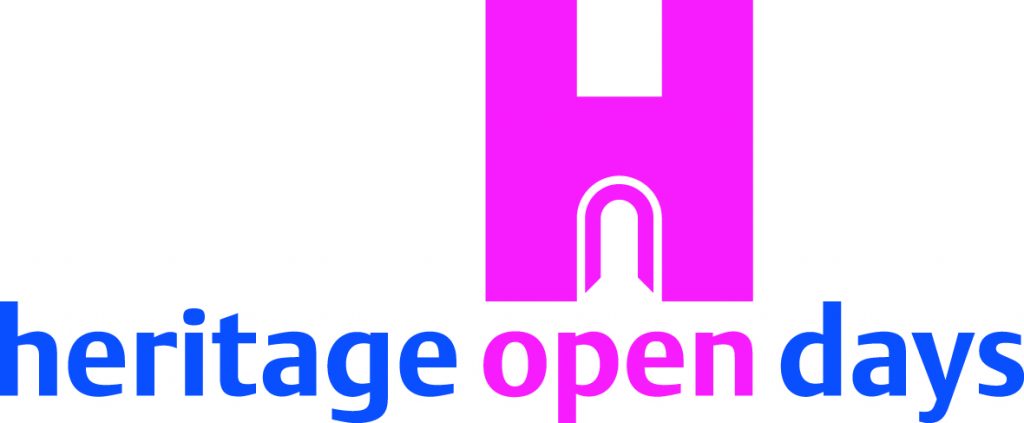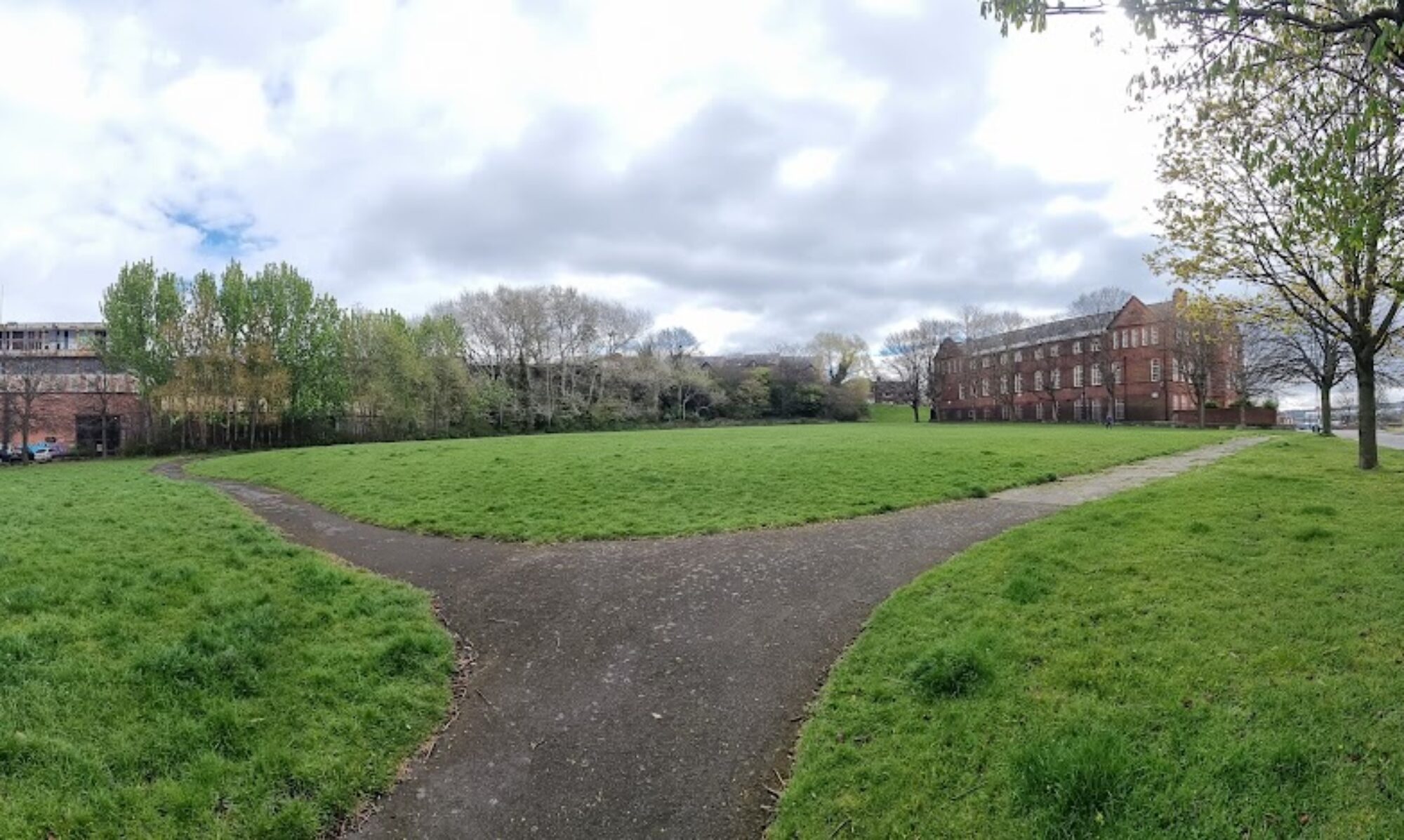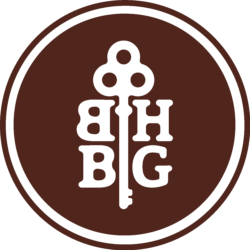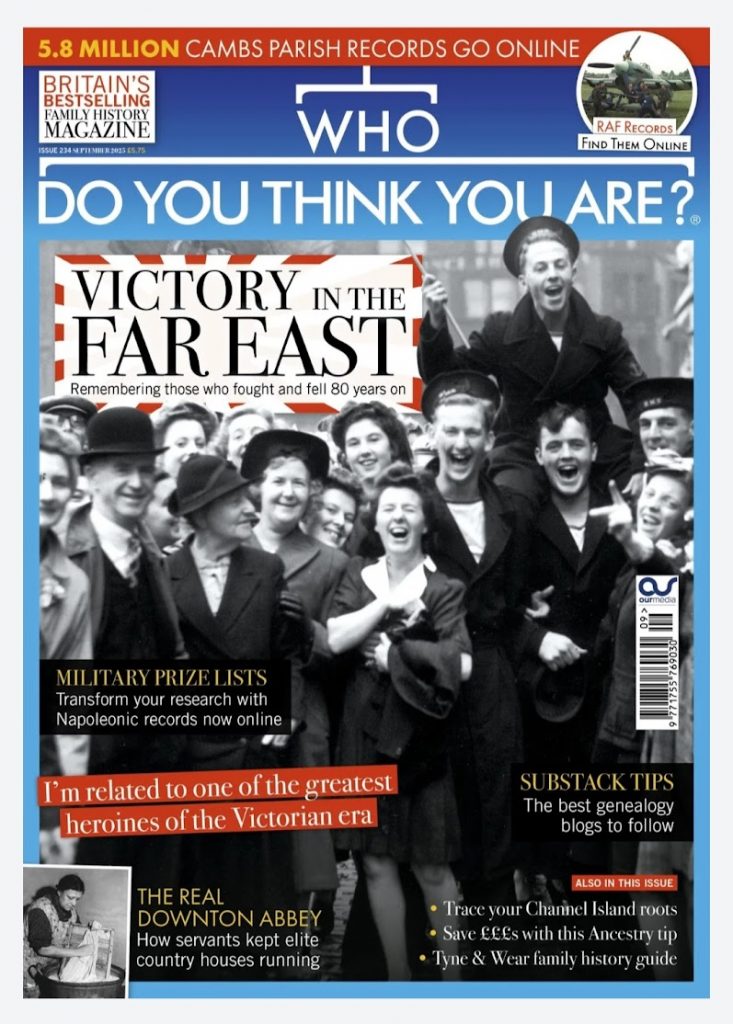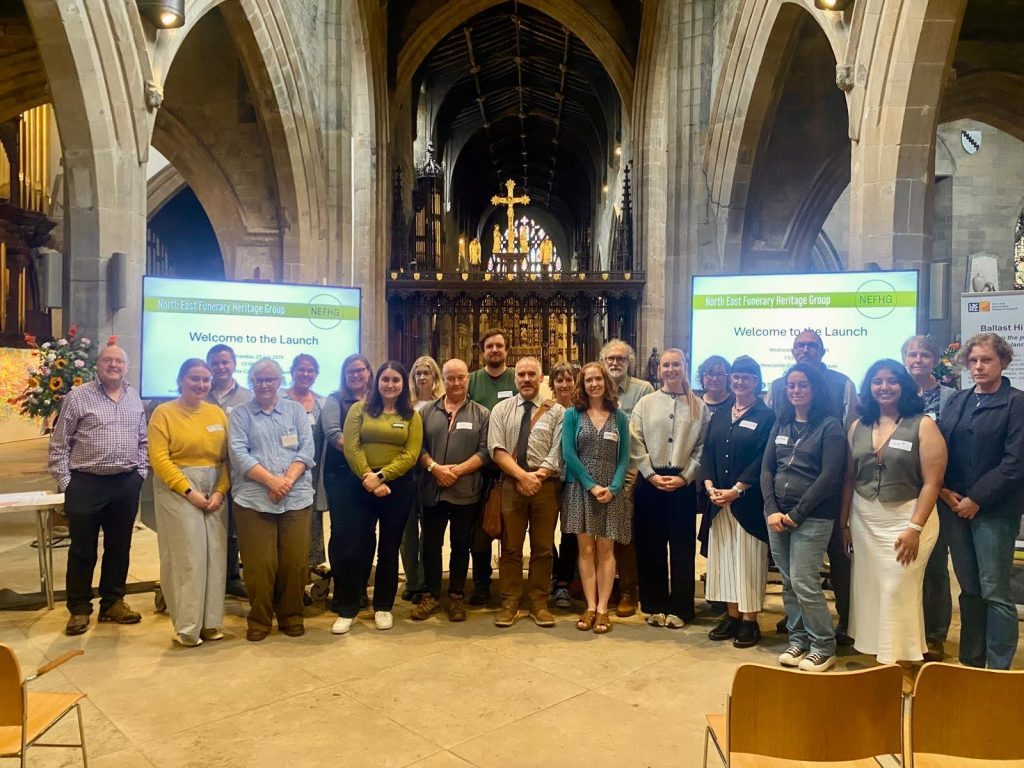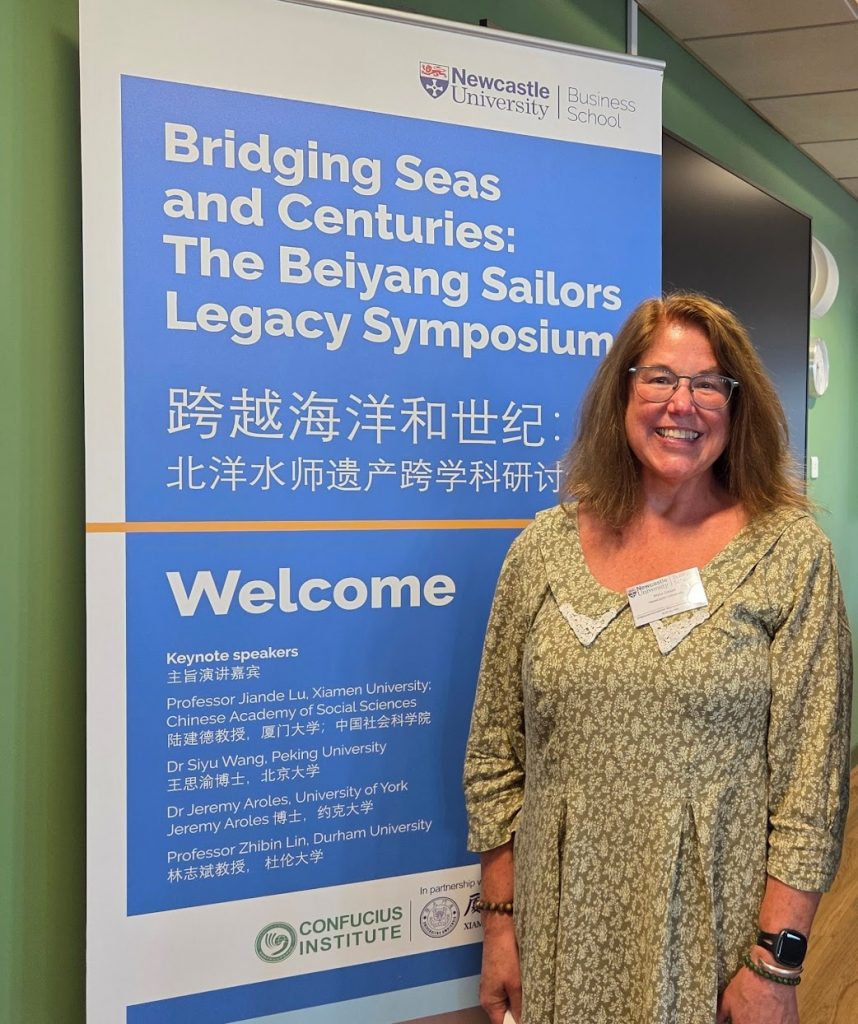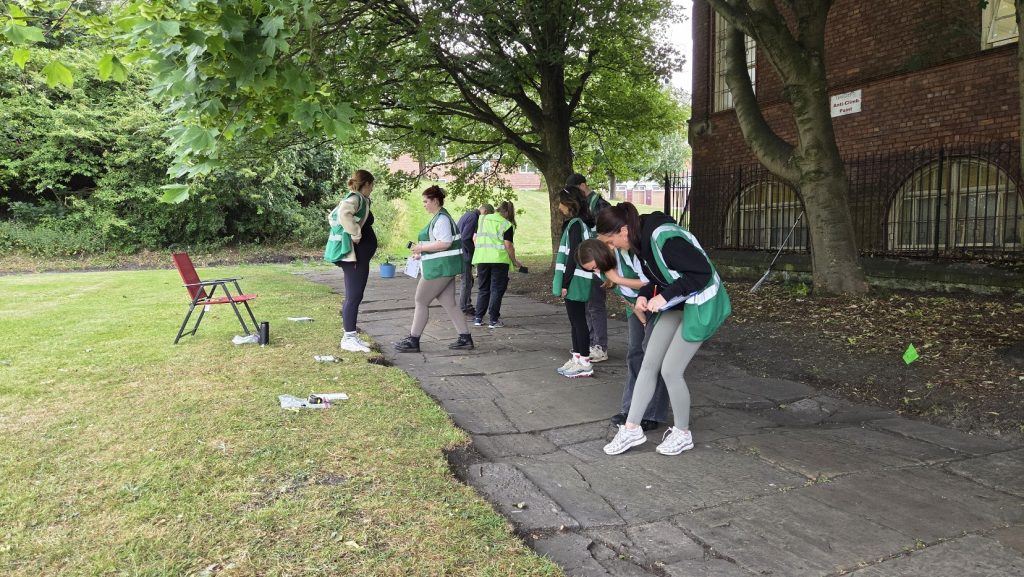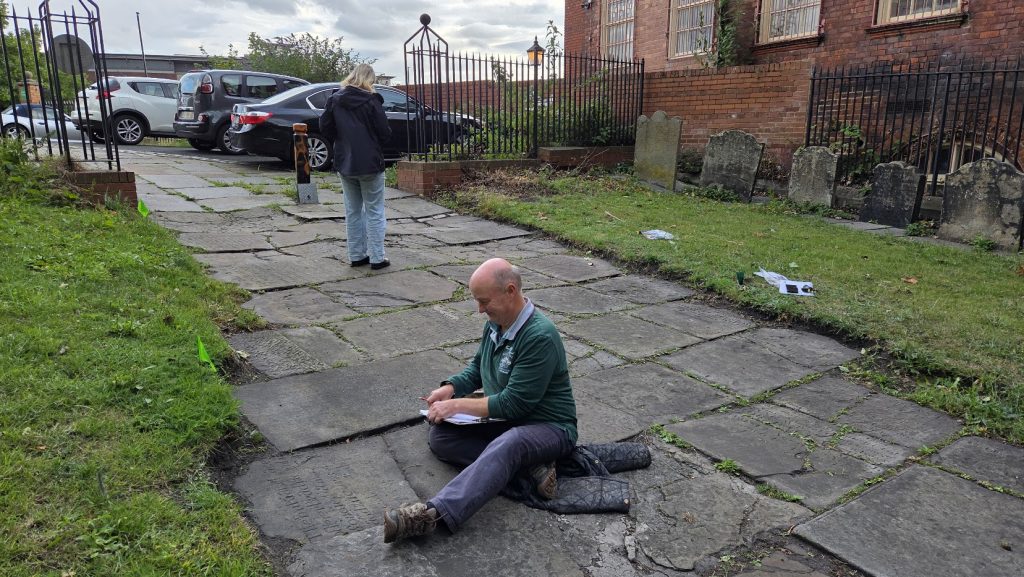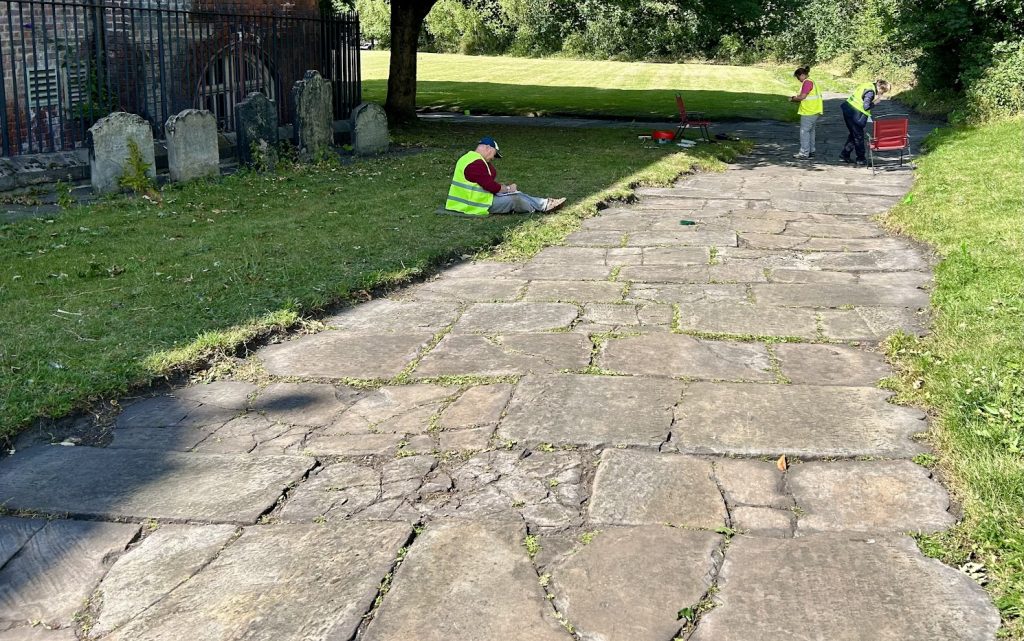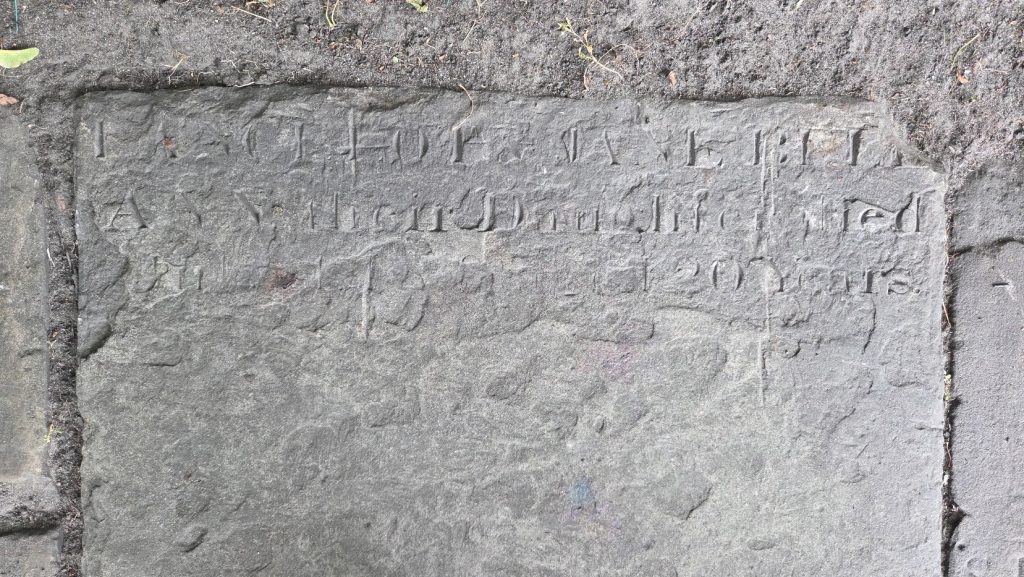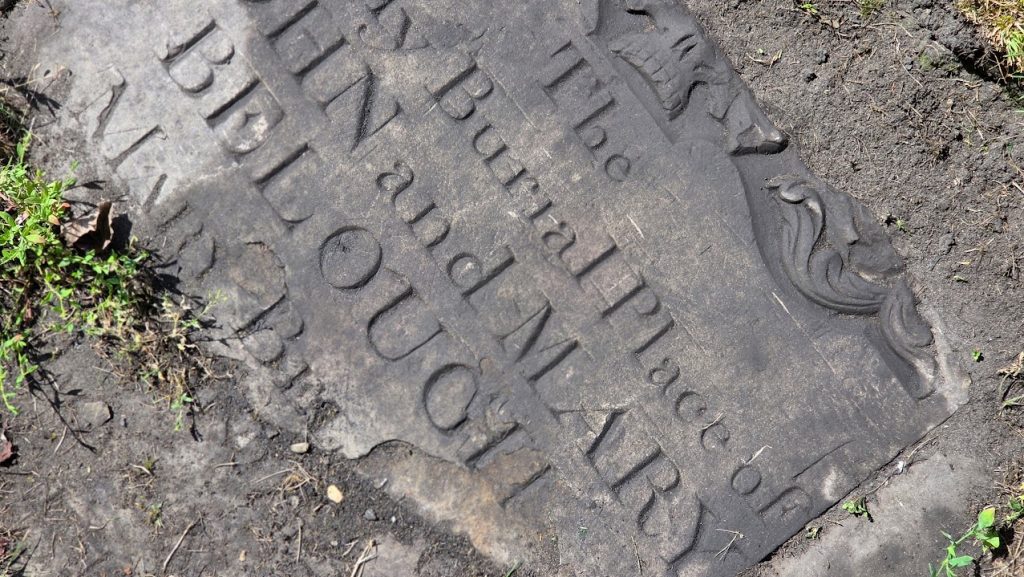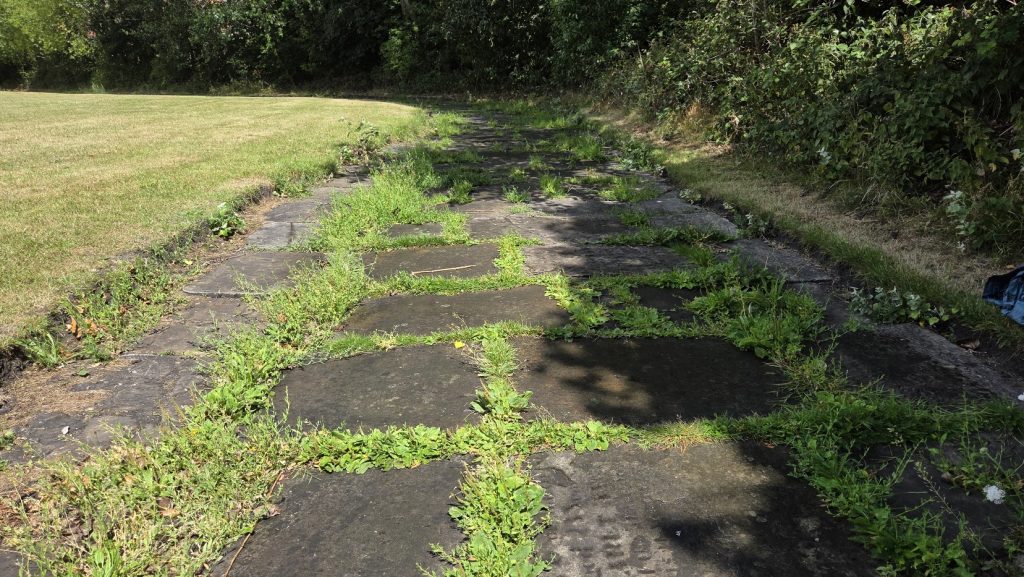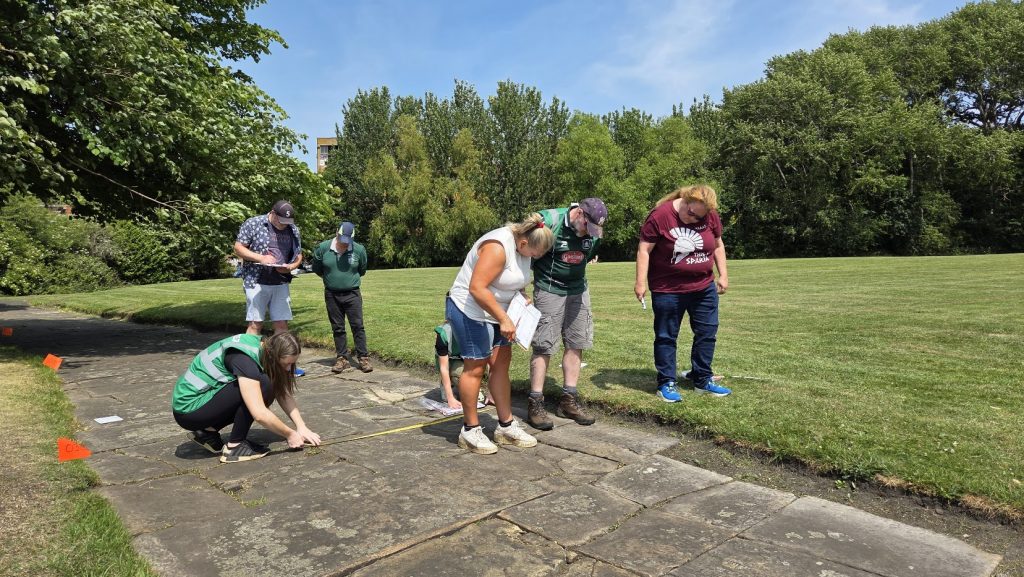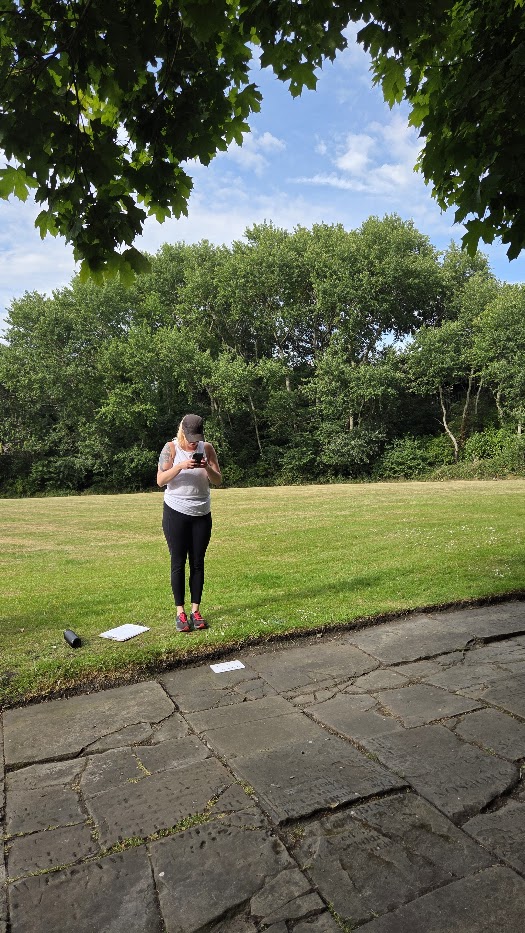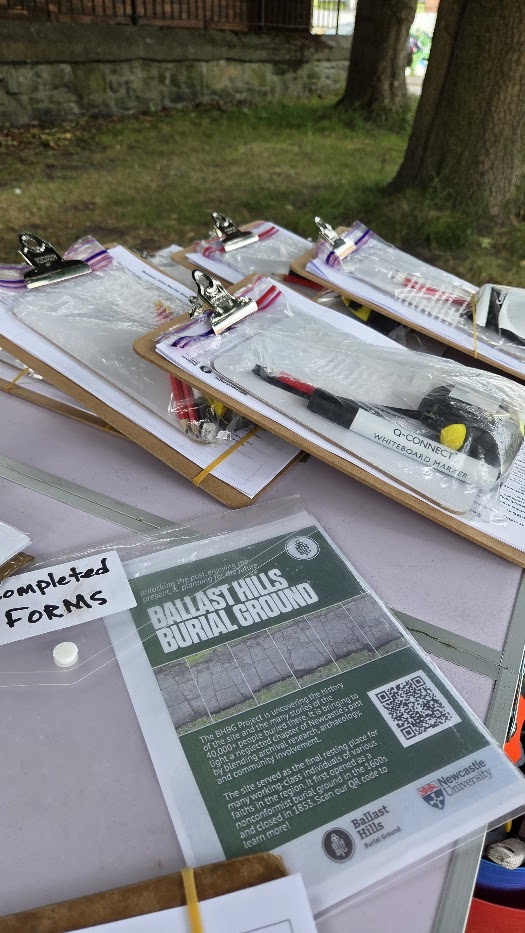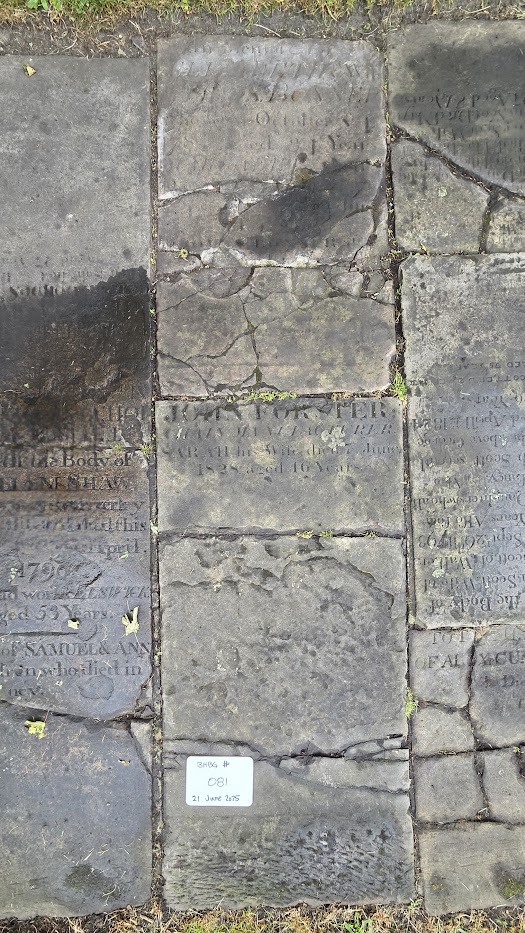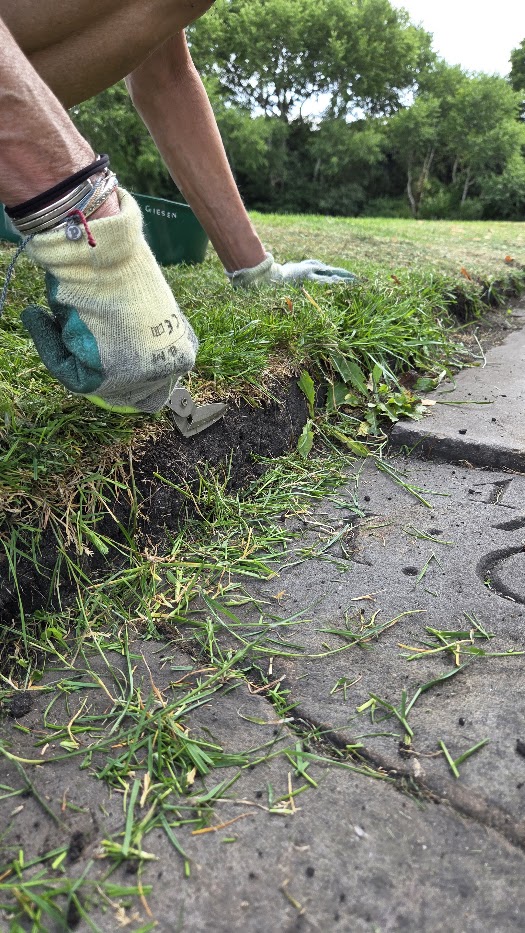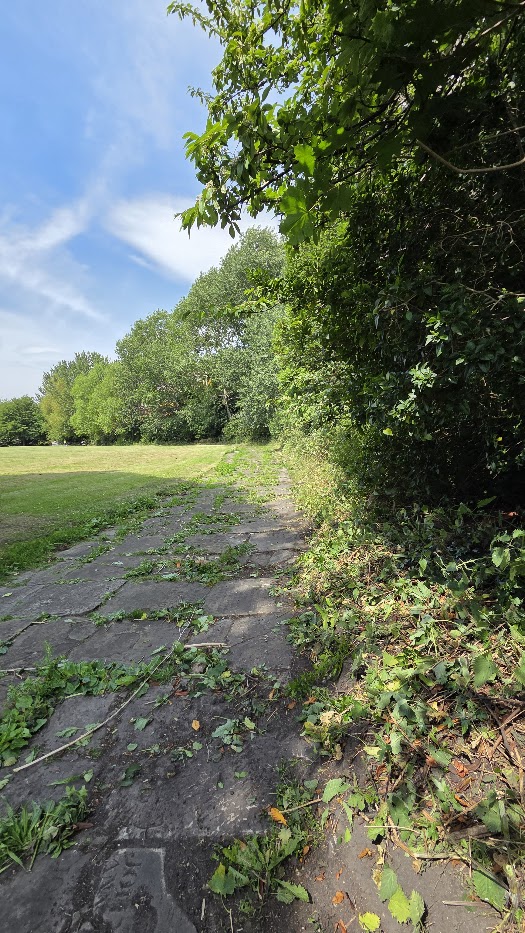Heritage Open Days gave us three different ways to explore Ballast Hills this year, each offering a fresh perspective on the site and its history.
Exploring History at 51 Lime Street
Our first event took place at 51 Lime Street, where visitors immersed themselves in the stories of the burial ground. Activity sheets encouraged people to look closely at details, while Gary offered a hands-on lesson in family history research. A slideshow traced the site’s long and complex past, linking it to the ongoing work of the project. Visitors also had the chance to see a selection of objects uncovered during recent pathway work. These finds most likely came from a historic rubbish dump upslope rather than being directly connected to the burials themselves, but they nevertheless shed light on the changing use of the surrounding landscape.
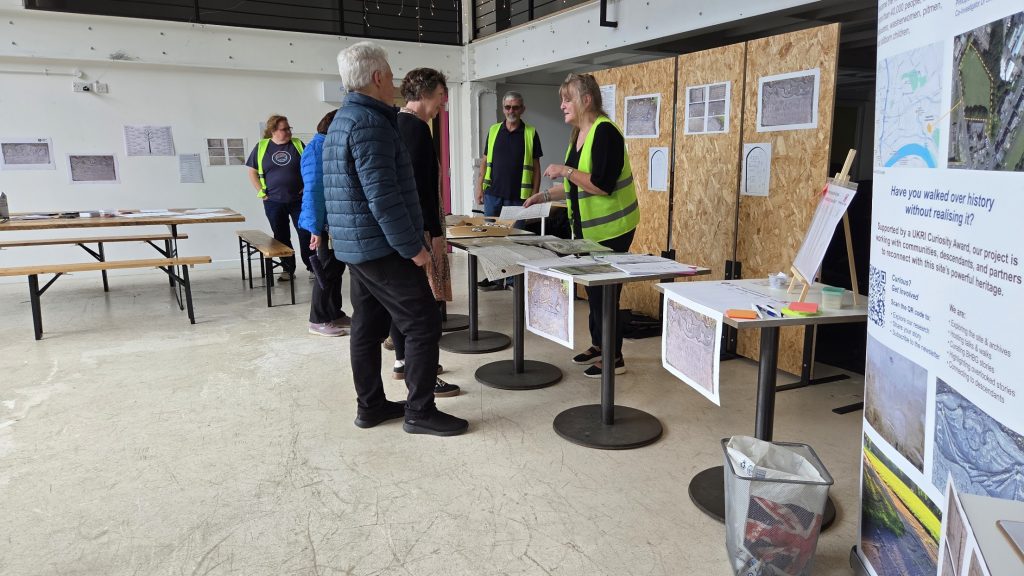
Events on Site at Ballast Hills
Despite persistent rain, two further events were held outdoors on site. Visitors braved the weather to explore the burial ground using our new Explorer’s Guide, which highlights gravestone inscriptions, pathway segments, and the wider landscape of the ground. Then, as the skies cleared, the atmosphere shifted. Poetry and music performed by Marina, Maurice, and Harry filled the space, weaving words and sounds into the very fabric of Ballast Hills. Experiencing these performances within the site itself created a strong and tangible connection with the past. Numbers were smaller than hoped, but those who attended were deeply engaged, with many discovering Ballast Hills for the first time.
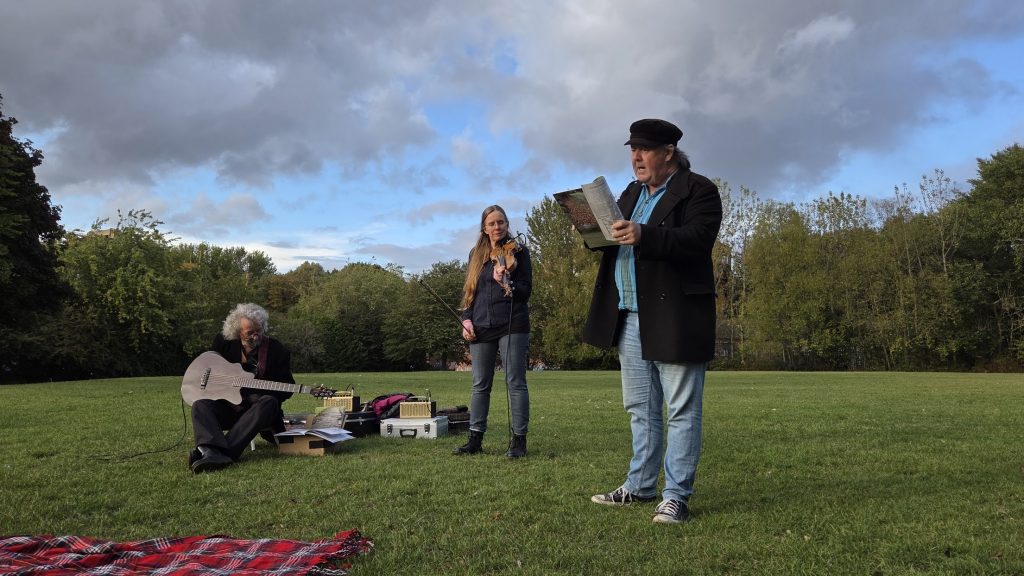
Activities that Spark Reflection
Many visitors particularly enjoyed puzzling over family trees and taking home “design your own gravestone” sheets. These simple activities encouraged people to reflect on ancestry, memory, and how lives are commemorated. They sparked thoughtful conversations, showing how creative approaches can open up discussion about history, heritage, and identity.
Thank You
Events like these depend on the generosity and creativity of many people. We extend heartfelt thanks to Gary, Lynn, Jen, and Steve for volunteering their time and expertise, and to Marina, Maurice, and Harry for their moving performances. Thanks also to John, who kindly documented the events in photographs, which we look forward to sharing soon.
Looking Ahead
Heritage Open Days are about more than single moments. They open doors to hidden stories, connect people with overlooked places, and put sites like Ballast Hills onto a wider map of heritage and memory. This year’s programme showed just how powerful those connections can be. We look forward to welcoming even more people next year for another round of discovery and reflection.
